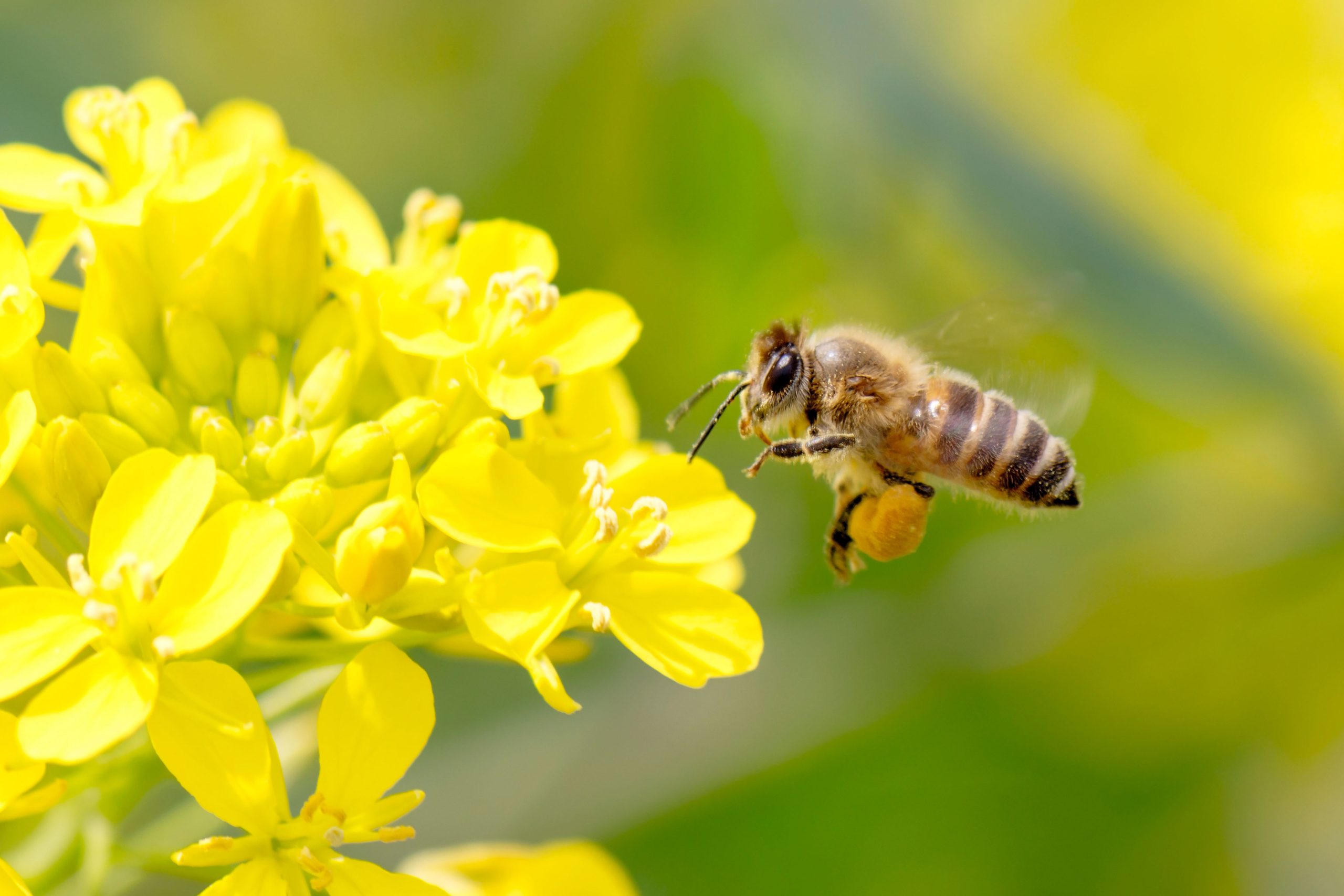The U.S. Canola Association, in partnership with the Honey Bee Health Coalition, recently issued ”Best Management Practices for Pollinator Health in Canola Fields” with related materials for growers and beekeepers.
To protect these beneficial insects, canola farmers are advised in the BMPs to:
Communicate and coordinate with beekeepers. Before planting, growers should find out if hives will be placed in or near their fields. If so, they are advised to create an agreement with beekeepers to guide interactions throughout the growing season based on what, where and when they apply insecticides.
Reduce exposure to pesticides. Growers should only use insecticides when necessary as part of an integrated pest management program and choose products with low toxicity to bees and short residual toxicity time. It is important to follow label instructions, use technologies and techniques to minimize drift, not mix insecticides with other pesticides, and avoid generating dust with treated seeds. If possible, farmers should avoid spraying when bees are present, during bloom, on other flowering plants or when weather could increase risk of exposure. They should also practice good clean-up and disposal of treated seeds, insecticides and their containers.
Provide safe forage. Growing no-till canola is an ideal habitat and food source for bees. If planting cover crops, farmers are advised to add flowering plants into the mix. In non-crop areas, growing flowers, trees and shrubs is also good for bees. Farmers should control flowering weeds prior to planting, avoid mechanical tillage where possible, and not spray non-crop areas with insecticides.
“Bees are essential for hybrid canola seed production,” adds Pat Murphy, USCA 1st Vice President. “They increase seed germination, reduce green seed counts and raise oil content. Bee pollination also encourages higher canola yields with better ripening. That’s due to more uniform flowering, earlier pod-set- ting, reducing bloom time, and increasing seed weight plus the number of pods per plant and seeds per pod.”
Other best practices in the document include referring to your state-specific Managed Pollinator Protection Plan and scouting fields to determine whether a pesticide application is needed.
